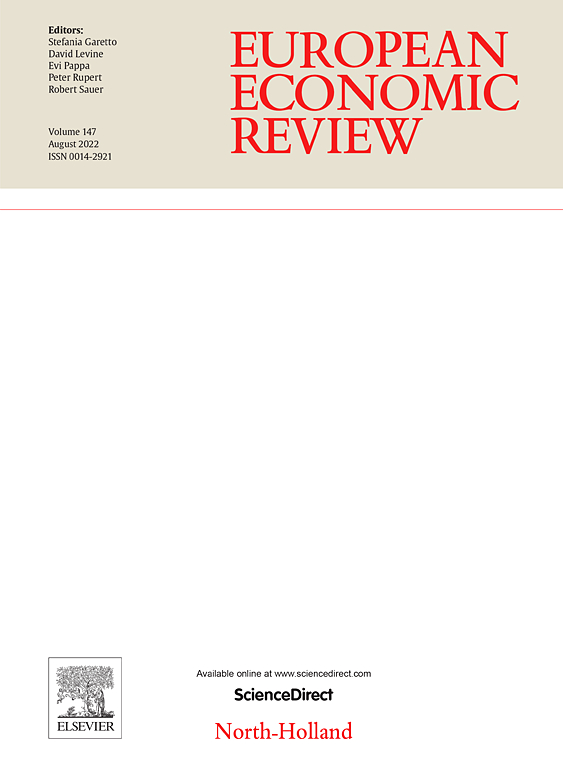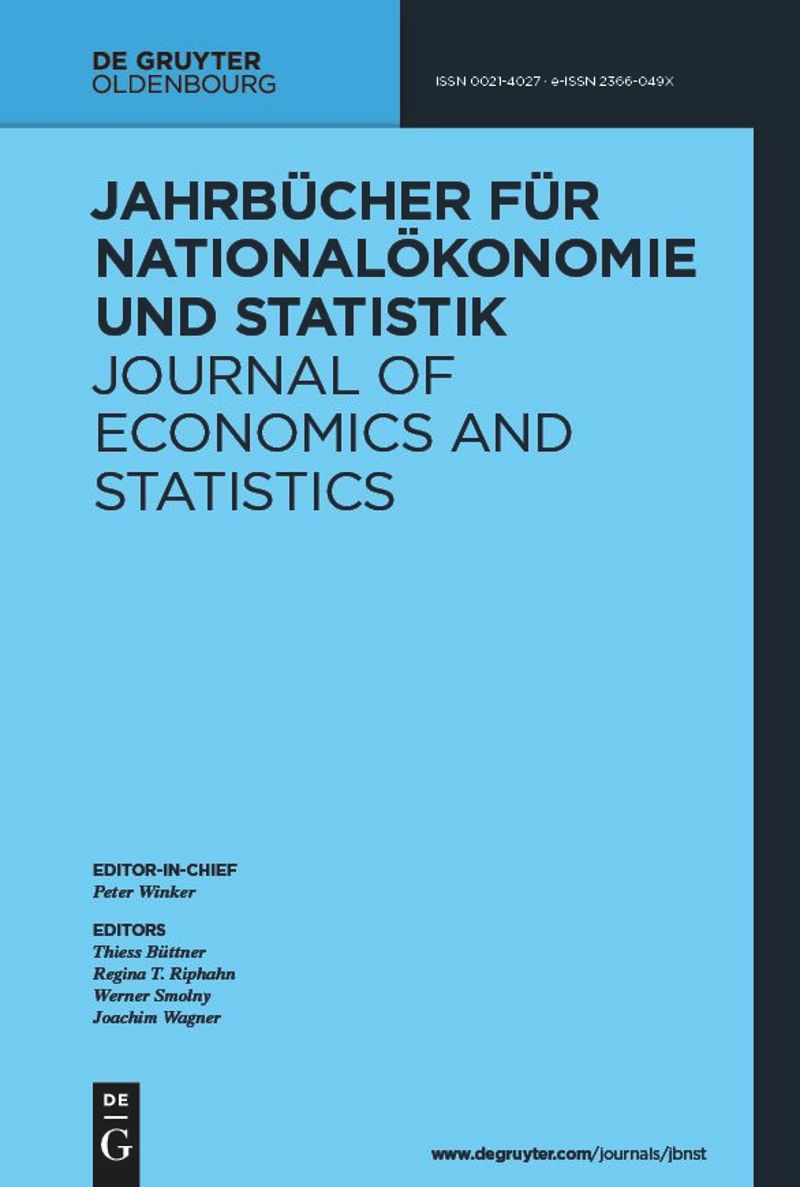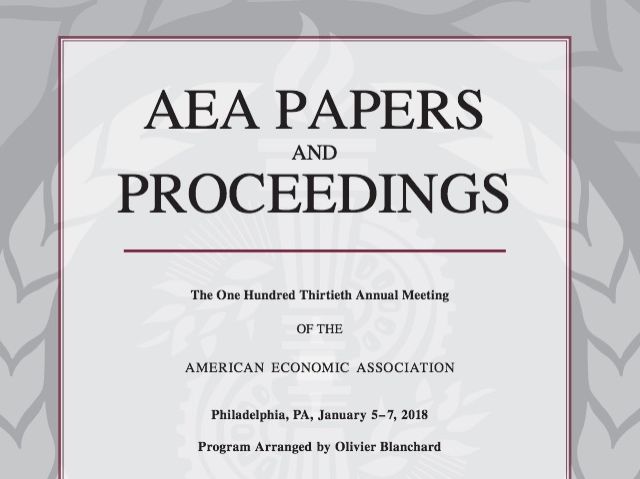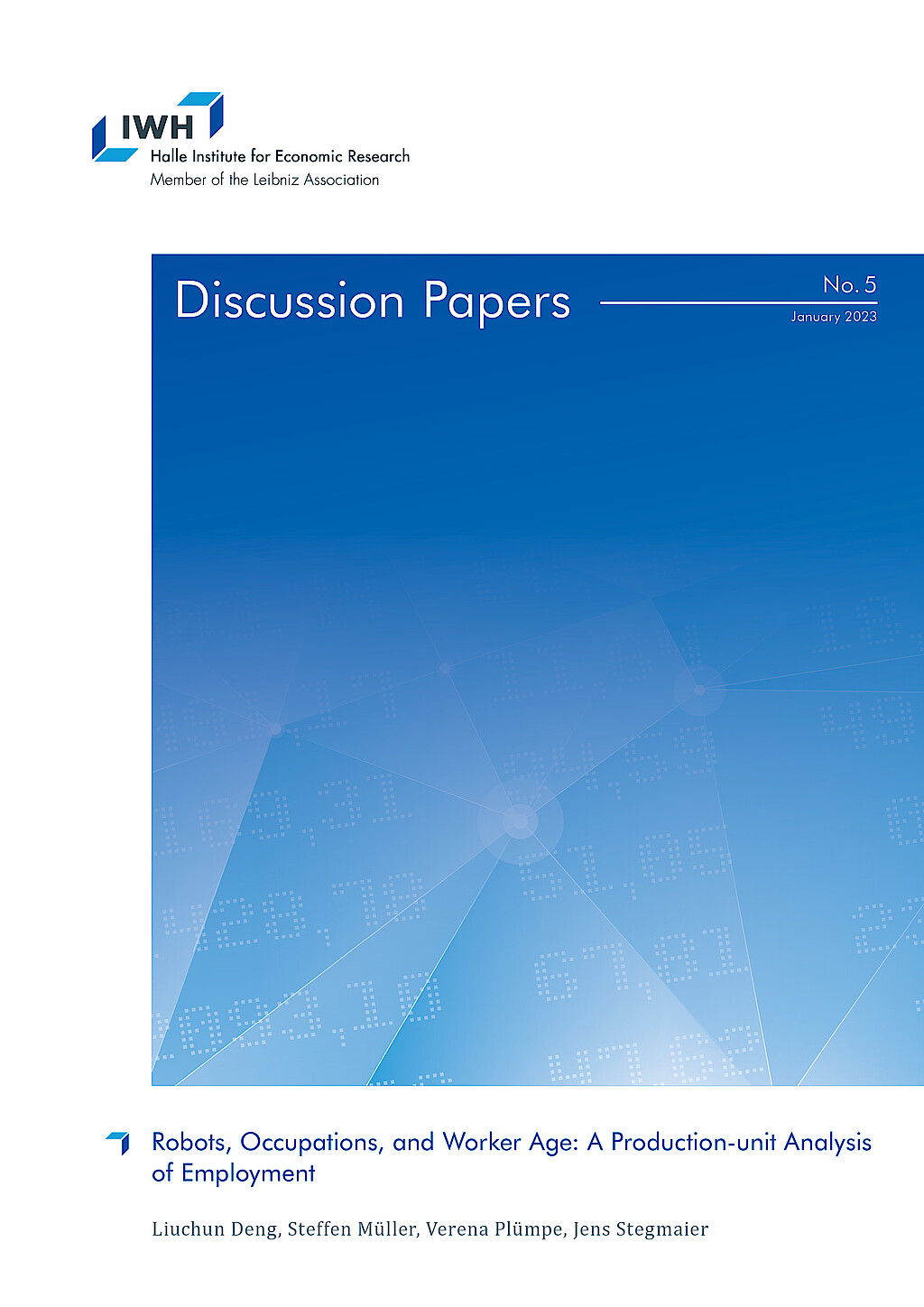Juniorprofessor Liuchun Deng, Ph.D.

Aktuelle Position
seit 12/19
Research Affiliate
Leibniz-Institut für Wirtschaftsforschung Halle (IWH)
seit 8/19
Juniorprofessor
Yale-NUS College
Forschungsschwerpunkte
- Strukturwandel und internationaler Handel
- Wirtschaftsentwicklung
Liuchun Deng ist seit Dezember 2019 Research Affiliate am IWH. Seine Forschung konzentriert sich auf den Welthandel, die Ökonomie von Netzwerken und Wirtschaftsentwicklungen.
Liuchun Deng ist Assistant Professor am Yale-NUS College in Singapur. Zuvor war er am IWH tätig.








